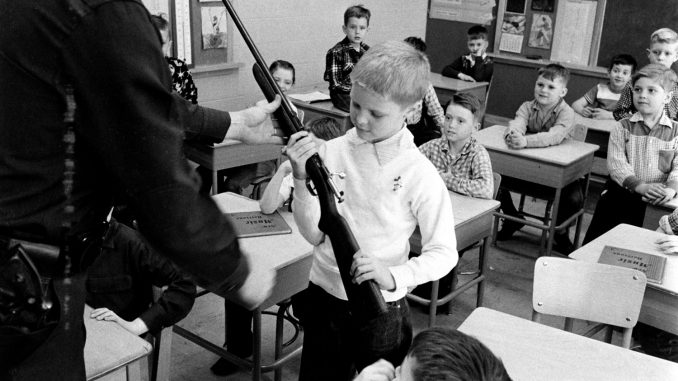
Gun Safety – Part 2:
Safety is, and must always be first.
Most of those considering the purchase of a firearm for the first time do so because they wish to protect themselves and/or their families. That is, they want to ensure their own and their families’ safety. It defeats that purpose to use or store the weapon in a way that endangers those they love. So safety must always be the first consideration.
____________
WARNING: THERE ARE INHERENT LIMITATIONS TO ANY ARTICLE ON FIREARMS SAFETY. IF YOU HAVE NOT BEEN TRAINED IN THE SAFE HANDLING OF FIREARMS, IT IS IMPERATIVE THAT YOU TAKE A COURSE TAUGHT BY AN NRA CERTIFIED INSTRUCTOR FOR THE TYPE OF FIREARM YOU WILL BE HANDLING.
____________
Before bringing a firearm into the home, all members of the household should receive age-appropriate firearms training.
____________
There are 4 rules of firearm safety that must be observed at all times. They are universal to every person and every firearm, regardless of the circumstances:
Assume all firearms are loaded.
Never let a muzzle cover (point the gun at) anything you are not willing to destroy.
Keep your finger off the trigger until your sights are on the target.
Always be sure of your target and what is beyond.
Taking the rules one of the time –
Assume All Firearms Are Loaded –
Virtually every year, we hear of people who are injured or killed by “unloaded” firearms. Even if you have personally checked the firearm to ensure that it is not loaded, treated as though it were. I can personally attest to an incident in which I was certain I had unloaded the rifle, only to discover that it was loaded. However, because I observed these rules, there was no discharge and no one was injured.
Never Let a Muzzle Cover Anything You Are Not Willing to Destroy –
Whether or not a person observes this rule is a good indication of whether that person is mature enough to handle a firearm. This is really a practical application of treating every firearm as being loaded. If a firearm is never pointed in an unsafe direction, no one can be injured.
Keep Your Finger off the Trigger until Your Sights Are on the Target –
This is also part of treating every firearm as being loaded. In virtually every “accidental” discharge, someone has violated this rule. It is a exceedingly rare for a firearm to have a defect that will cause it to fire without someone’s finger on the trigger.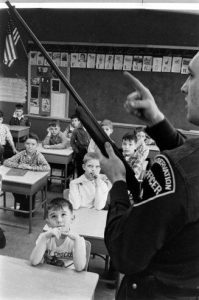
Always Be Sure of Your Target and What Is Beyond –
Violation of this rule can have tragic results. Several years ago, in Texas, a group of men went out target shooting. By all accounts, they obeyed every rule but this one. They did not realize that beyond the horizon, there was a school, and at that school there was a basketball court. School was not in session, but several boys had gathered for a pickup basketball game. One of those boys was struck in the head and died instantly. It was a horrible accident. But such accidents do not occur when all of the rules are observed.
Crucial Matter of Gun Storage
Other than safe handling, safe storage must be the primary consideration for someone with a firearm in his or her home. As a result, before purchasing a firearm, it is imperative that a person determine how it will be stored, and that will depend on your circumstances.
Guns and Children and Guests in Your Home
When our children were young, our firearms were locked in a gun cabinet, and I kept the key on my key ring. During the year my elderly father lived with us, we kept not only the gun cabinet, but the door to the room in which it was kept, locked. Now, we only take such precautions when our grandchildren come to visit.
Options
There are two ways of safely securing a firearm. The first is a storage device. The other is a locking device on the firearm itself.
Storage Device – Safes
Obviously, a safe is the ultimate safety and security, but if a firearm is locked in a safe, it is not accessible if needed. Even if you do not need a safe to keep children away from your firearms, it is a good idea to have a safe in which to place your firearms during extended absences from your home.
Storage Device – Locked Boxes
There are numerous locking boxes available. They can have key, combination, or biometric (which automatically unlock with the right fingerprints) locks on them. When a fireman is needed for protection and children are present, such a lockbox is likely the best option. However I would warn against combination locks, due to the Tacky Psyche Effect described in my prior post.
A Recommendation
Here, I must put in a plug for the automotive lockbox made by Tuffy Security Products (tuffyproducts.com). When a person is carrying a concealed firearm, and must leave it in his or her vehicle, the glove box or center console is not secure. Tuffy makes the only lockbox I have found which actually bolts to the vehicle, as opposed to using a cable around one of the seat posts.
A Note on Gun Cases
Firearms cases are an acceptable storage device only if there are no children, untrained persons, or persons with diminished capacity in your home.
Locking Devices
Locking devices include racks, barrel locks, cable locks, and trigger locks.
Although classified as a locking device, racks are closer to storage devices, as the firearm is locked behind a bar.
Barrel locks prevent a cartridge from entering the chamber.
Cable locks prevent the functioning of the action, so the bolt cannot close.
Trigger locks prevent the trigger from being pulled. It is far better to not rely on a trigger lock when a child or person of diminished capacity is present, as the firearm can still have a round in the chamber with the bolt closed.
About Ammo Storage
Except for a firearm that will be used for defense, ammunition should be stored separately from the firearm. In a cool (not refrigerated), dry place, ammunition has an indefinite shelf life., Humidity and heat can reduce ammunition life. All ammunition should be periodically inspected for corrosion or other signs that it is degraded.
Gun Safety – Continued
Please continue to visit The Founding Project’s website for the next two parts of this Gun Safety Series.
Besides being an attorney and featured writer for The Founding Project, John Barrett is also an NRA certified pistol instructor. His bio is included below this article.


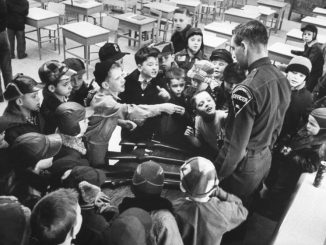
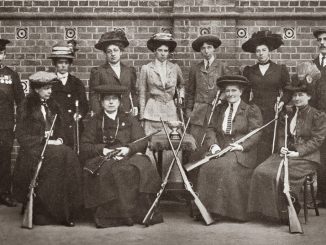
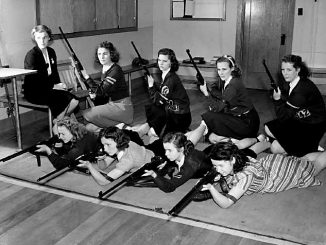
Leave a Reply